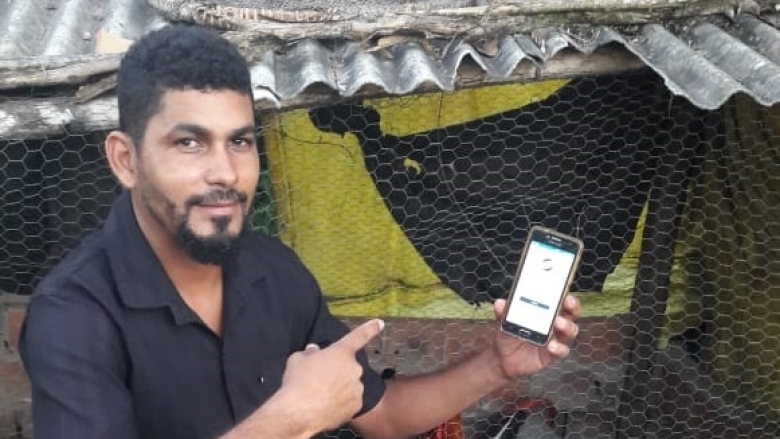Until a few weeks ago, family farmers at the Água Fria Youth Cooperative in Bahia, Brazil did not know much about open-source software, or software that can be changed by anyone. Nor had they heard of blockchain, a kind of open, distributed ledger that records online transactions permanently in a tamper-proof environment. But when they learned of the potential of these technologies to leverage their businesses, they became instant fans.
The Água Fria farmers are among the first users of an app designed to facilitate the acquisition of goods and services by family farming associations and cooperatives in Brazil’s northeastern states of Bahia and Rio Grande do Norte.
People can use the app, which is available for Android and Apple devices, to digitally sign contracts, saving time and paper for buyers and suppliers. Open-source and blockchain technologies make every business transaction secure and easy to audit.
“This is unlike anything we have ever seen before. Initially, we feared we would not know how to use the system, but it is actually very easy to learn. Today we want to use it for everything,” says Rafael Borges, president of the Água Fria Youth Cooperative. The organization has used the system to purchase a laptop, a printer, and a GPS device. It is now looking to use it to buy equipment for raising free-range chickens.
The Decade of Family Farming
This new way of doing business was made possible by a partnership between the World Bank and the state governments of Bahia and Rio Grande do Norte as part of a much-needed effort to transform rural areas. “Providing farmers like Rafael and his colleagues with access to information technologies will be key to increasing rural productivity and helping feed the world's population, set to reach 9.7 billion people by 2050,” says World Bank rural development expert Fátima Amazonas, who runs Bahia Produtiva (Productive Bahia) and RN Sustentável (Sustainable RN), two projects benefitting from the new tool.
Family farmers produce 80 % of the world's food and manage three quarters of the planet's natural resources, according to the Food and Agriculture Organization of the United Nations (FAO).
With internet-enabled cell phones, apps, and other tools, family farmers can access more data and make better decisions, the FAO said in the Information and Communication Technology (ICTs) in Agriculture report published in 2017.
“The spread of mobile phones in rural areas has already caused major changes in the agricultural sector. Reducing these costs [of using cell phones] in developing countries ... helps promote market access, facilitates financial inclusion and risk management, contributes significantly to early warning, and can be central in revolutionizing agricultural extension,” the report found.
The FAO has designated the period from 2019 to 2028 as the United Nations Decade of Family Farming, and its action plan underscores the need to expand access to information technologies to more farmers and rural organizations. This requires investment.


